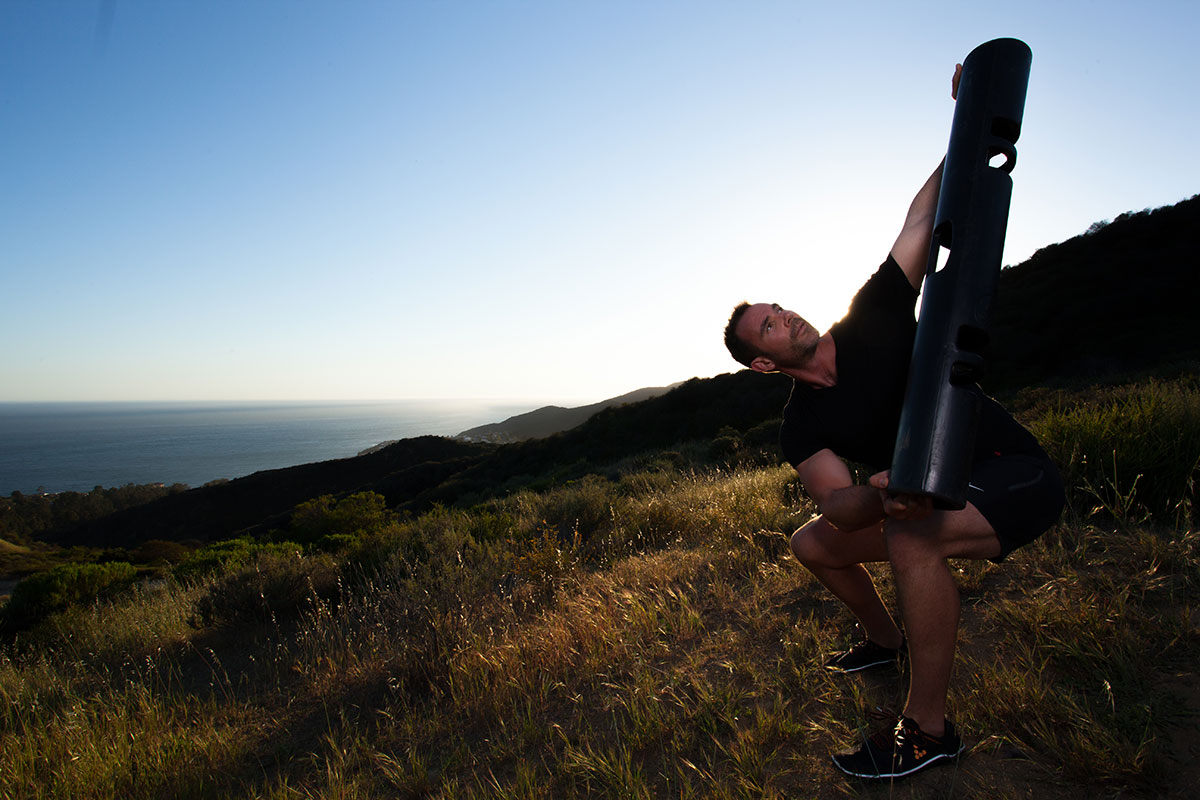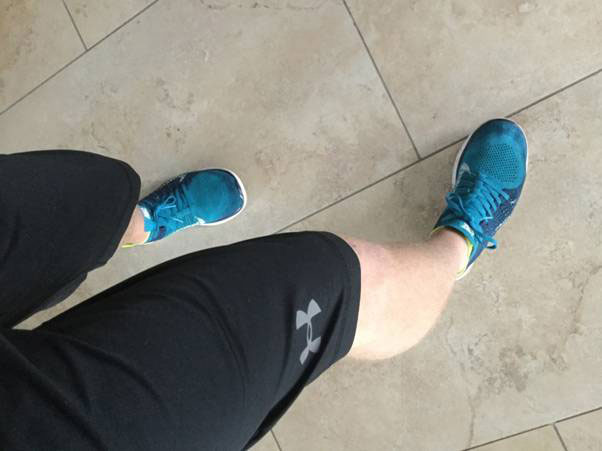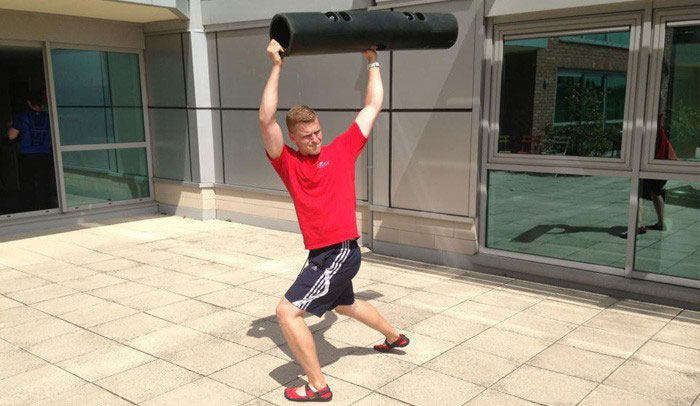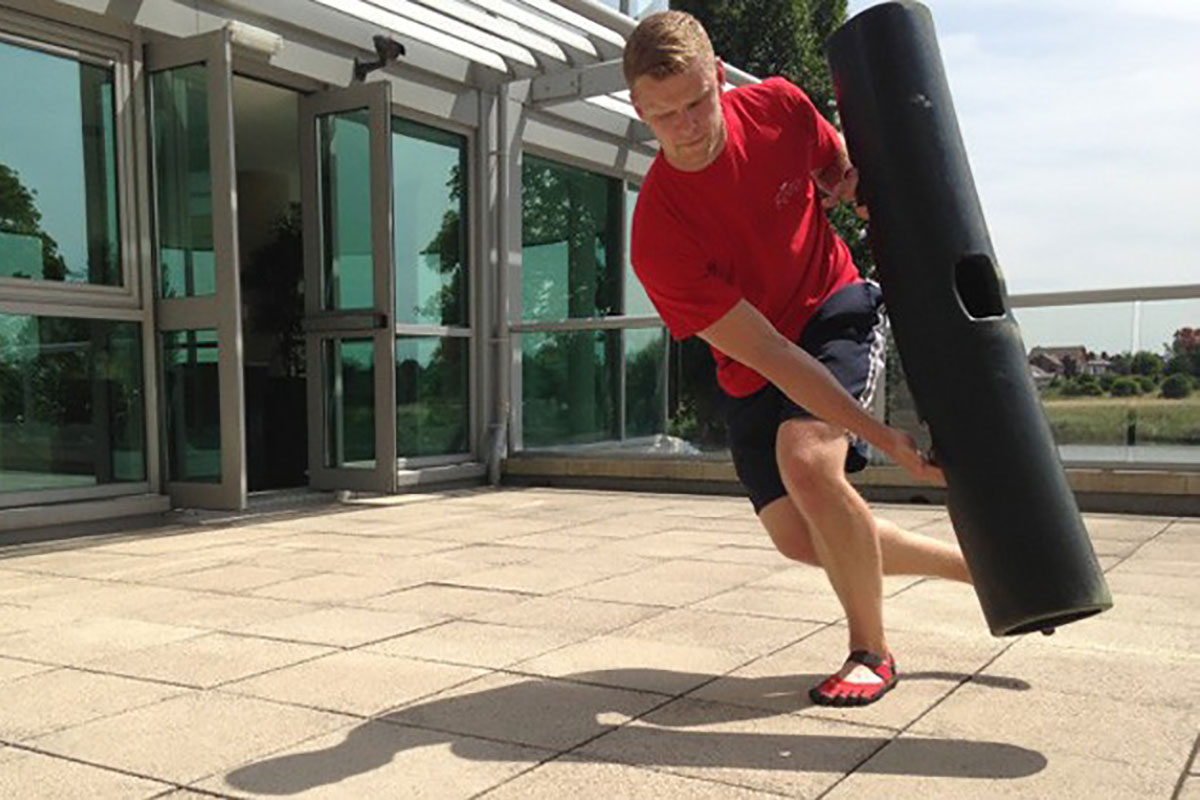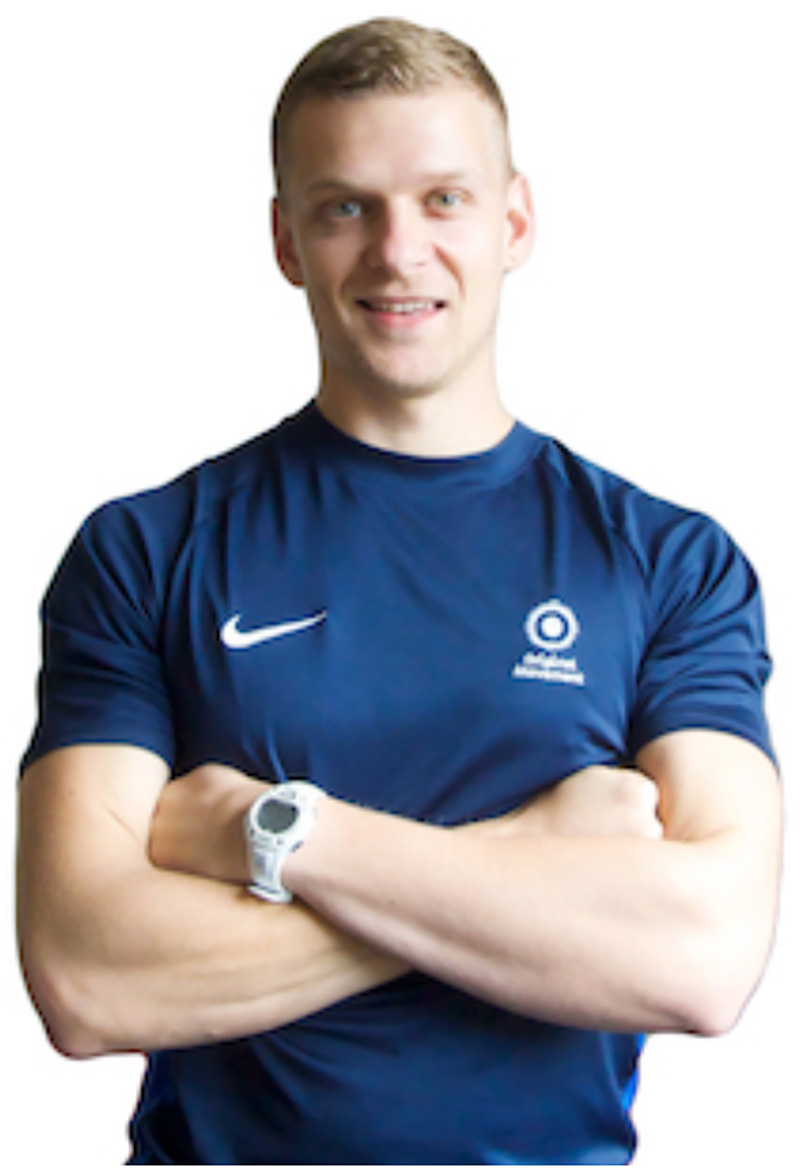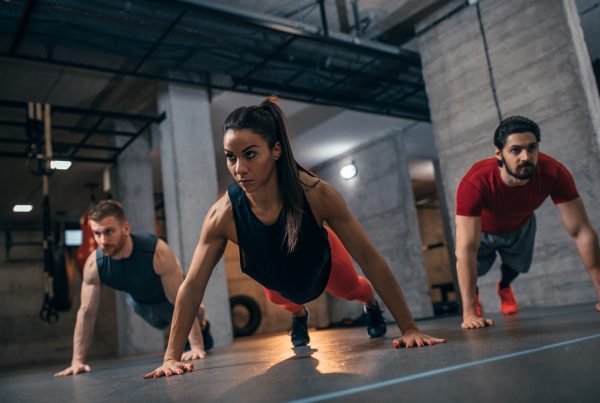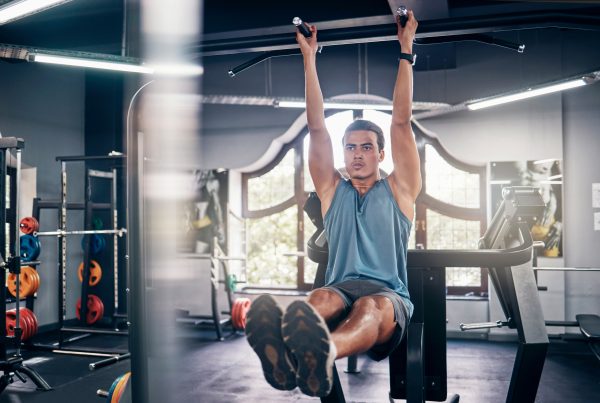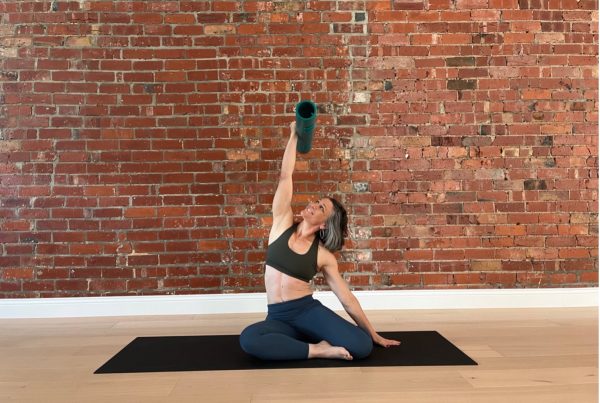Stephen Tongue provides some methodology for targeting your bottom, presents some example exercises and hopefully inspires you to innovate some bum-busting ViPR moves of your own. Read on.
Let’s face it: the derrière is an area of focus for many trainers and gym goers. It is perhaps targeted for postural issues, pure aesthetics or sports performance. For many fitness fanatics, there is something satisfying about feeling those buns burning during a workout and then shuffling around slightly awkwardly the following day. People who experience ViPR movement training for the first time often feed back “Wow, my bum the next day!” followed by an expression of delight – they love it.
Waking the beast in your backside
The beautiful behind of a human being is what gives us the ability to stand up, run and walk on two feet. Our muscles have learned to respond to the demands placed on them by the movements we make. It’s movement, therefore, that stimulates muscles to contract; when a muscle lengthens under load it reflexively contracts. Armed with that knowledge, as long as we apply the correct joint motions we can switch on any muscle we want to. The movement key that unlocks the power of the gluteus maximus is a combination of hip flexion, adduction and internal rotation. These movements can be performed in a variety of ways.
Bottom-up-driven movement mechanics
This refers to hip flexion, adduction and internal rotation being driven by movements of the feet. This means that with the correct footprint we can hit the bumtastic jackpot. Here are some example exercises with such a footprint:
1. Shoulder Carry Curtsey Lunge
2. Front Carry Split Squat RXI
Top-down-driven movement mechanics
This refers to hip flexion, adduction and internal rotation being driven by upper-body movements. The correct handprint can assist you in hitting the tush target. Here are some example exercises of the appropriate handprint:
1. Pick Up Cross Body Drive LXX
2. Lateral Steering Wheel RXX
Double bubble-driven movement mechanics
Here I’m referring to a combination of both footprint and handprint patterns that create hip flexion, adduction and internal rotation. When these movements happen from above and below the hip simultaneously, the gluteus maximus is fired to the max and the power of the posterior cannot be ignored. Here are some example exercises:
1. Kayak Lunge
2. Loaded Ice Skater
For videos of the above exercises, watch:
Progressing your posterior
Overload should of course be applied progressively. If we just threw the hardest versions of these exercises at everybody, they may be going up and down stairs on all fours for a week, and that’s just not nice. Keeping that in mind, here are some subtle variations for more gradual progression.
Movement drivers
Over time, load the bum from the top down, then bottom up, before combining both. Movement drivers coming from one direction are effective, while driven from both directions (double bubble) is quite an aggressive loading pattern. Try to progress your moves based on the quality of movement (rhythm, flow and control) and the extent of the muscle soreness resulting from the workout. You should feel good, not beaten up!
ROM
Controlling range of motion helps to influence the extent of muscle activation. When we’re talking squat and lunge variations, generally the deeper you drop into the movement, the greater the load your buttocks will experience. Beginners, therefore, should begin with slightly shallower motions and gradually be progressed to deeper positions. Try not to compromise the position of the spine by trying to go too low: keep it long and strong.
Movement speed
More speed equals more force. If you perform movements with a fast pace, the muscles will experience greater load. Adding movements such as quick steps, jumps and hops really peaks the force experienced by your body as it works to decelerate the speed. This is effective but it is advanced and movement quality again should not be compromised.
Instability
Reducing base of support or the use of an unstable surface can create instability. This may not increase the force/load on the muscles but it will recruit more stabilising muscles. The resulting involuntary twitches from trying to regain balance create movement shifts in the joints, which help muscle fibres to fire on and off in reaction. Ability to maintain and even regain balance is a very useful skill to develop.
Load
This is the most obvious of all: more weight will create more force for your buns to deal with. Try to progress to a heavier ViPR once you have mastered the alternative methods of progression above.
My top five advanced ass-activating exercises
I couldn’t resist finishing this short article with a few of my own personal favourite beautiful backside boosters. As you may notice, they incorporate double bubble movement mechanics and variations in speed. Try 3 x 45 seconds of each if you dare!
· ViPR Lateral Thread to Jump
· Pick Up to 180 Rainbow
· Rotating Plyo Lunges
· Shuffle to Cylinder Lunge
· Shuffle to Curtsey Lateral Shift
Watch video here:
Summary
Functional movement mechanics stimulate reflexive muscle contraction at a subconscious level. It’s this training methodology that makes ViPR such a useful, versatile functional training tool. ViPR training is only limited by your own imagination and, with that in mind, I’ll leave you with a final booty-related challenge. How many different ways can you drive hip flexion, adduction and internal rotation using ViPR? #ViPRbunsofsteel
For further educational articles from the ViPR trainers, please visit the ViPR blog page here: http://www.viprfit.com/Blog


